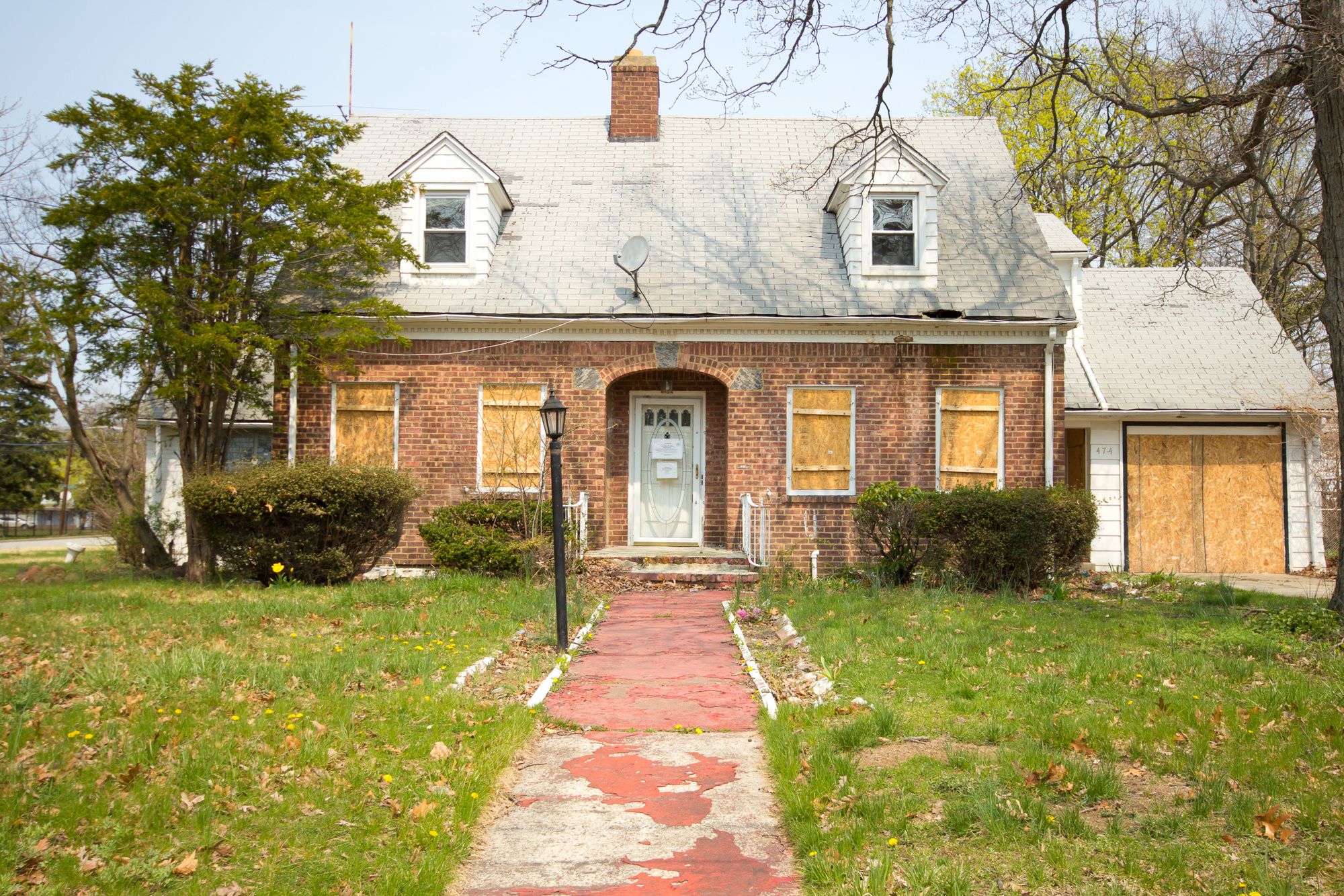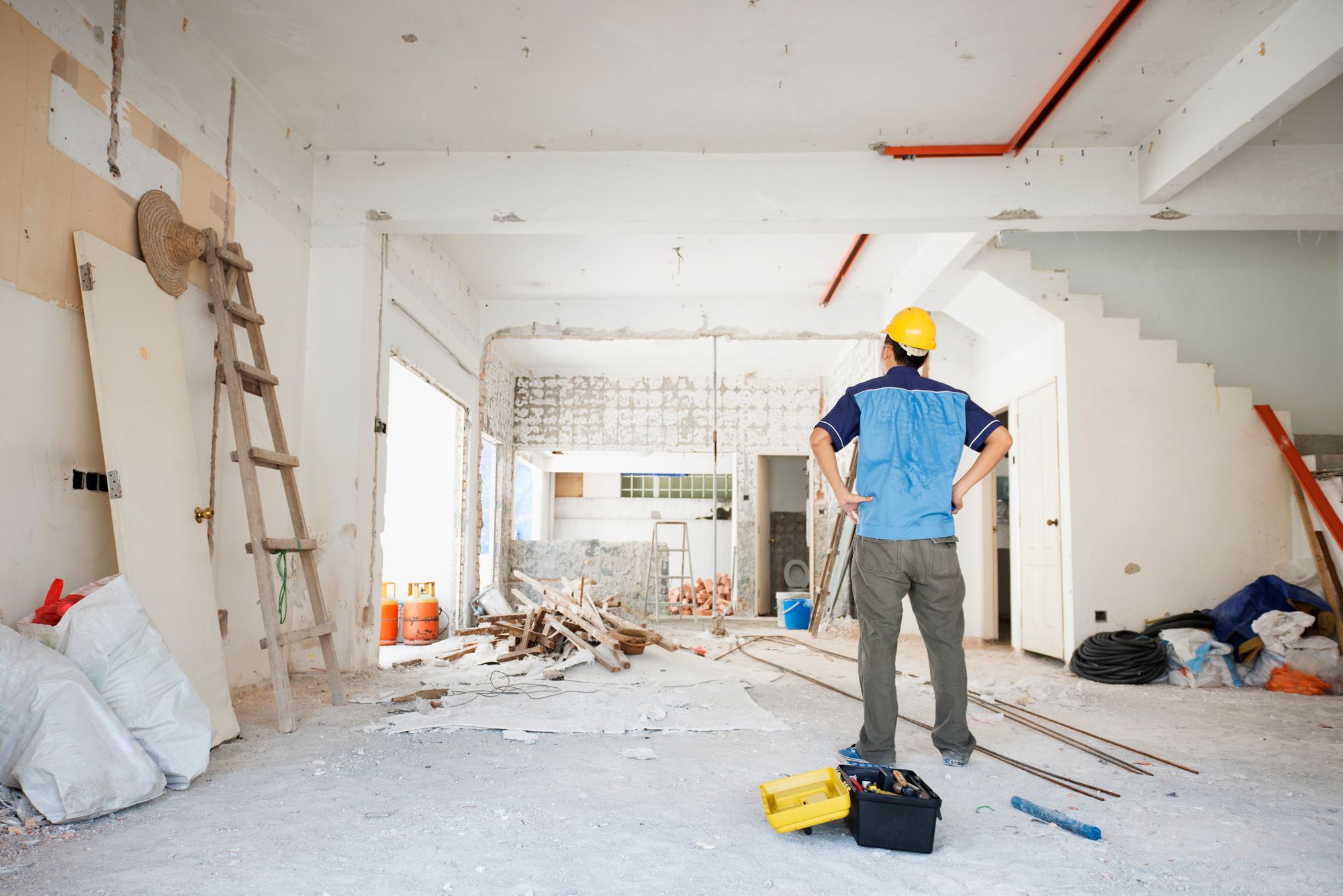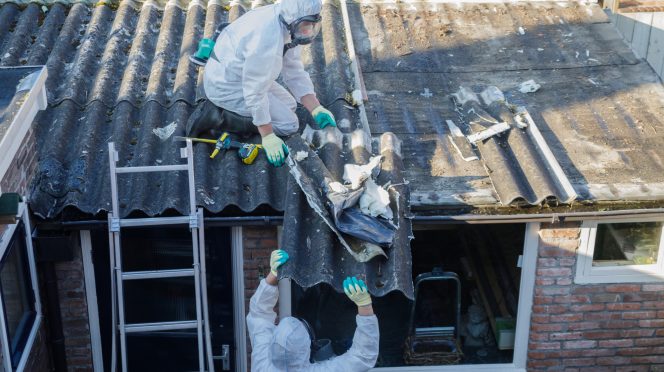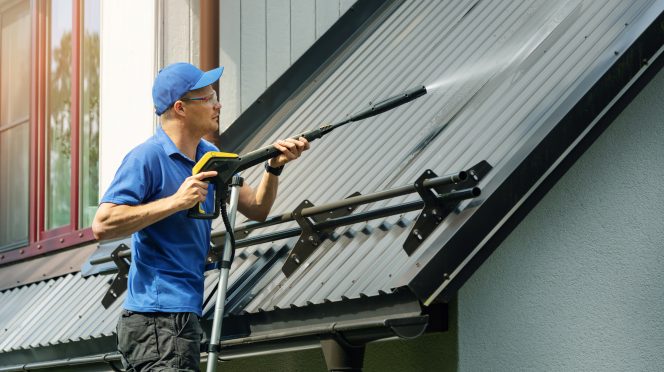Renovating an old home can be a dream come true or a never-ending nightmare. Whatever the case may be, it’s a significant undertaking. The charm and character of old homes make the endeavor worthwhile, but there are several considerations to make when embarking on such a project.
Here are essential things to know about renovating an old home.
1. The Home’s Historical Significance
When renovating an old home, it’s crucial to understand its potential historical significance. This goes beyond the general appeal and character an old house carries. Indeed, many old homes are deemed historic and could be situated within designated historical districts. If your home falls under these classifications, it’s subject to distinct renovation guidelines and constraints you must adhere to.
These stipulations, designed to preserve the architectural integrity and historical character of such homes, can often influence your renovation process. They can dictate specific materials to be used, designs to be adhered to, and even colors to be applied.
Consequently, these can add to your overall renovation costs and extend the project timeline. Therefore, before you break ground, it’s essential to familiarize yourself with these guidelines to avoid violations and potential legal repercussions.
2. The Scope Of Renovation
When embarking on the journey of renovating an old home, defining the scope of your renovation is of paramount importance. It could be a series of small refurbishments, recladding a leaky home, or a sweeping transformation; whatever the scale, it’s vital to establish your plan from the start.
The scope dictates your budget, the timeline, and the professionals you may need to hire. The renovation scale sets the course, guiding your decisions and actions throughout the project.
3. The Home’s Structural Integrity
Old homes often radiate a charm that is difficult to replicate in newer constructions. However, one mustn’t overlook the fundamental aspect of structural integrity. The age of the house could pose risks such as weak foundations, worn-out materials, and outdated construction methods.
Engaging a professional inspector to assess your property is highly recommended. This expert eye can help uncover potential issues like termite damage, failing plumbing, or outdated electrical systems. Addressing these problems early on prevents larger, costlier issues in the future, ensuring your old home’s stability for years to come.
4. The Importance Of Planning For Efficiency Upgrades
Planning for efficiency upgrades should be a key consideration when renovating an old home. Many older homes lack modern energy-saving features, leading to unnecessarily high utility bills and a larger carbon footprint.
Consider implementing changes like insulating walls and attics or replacing antiquated windows with energy-efficient models. You could also consider updating the HVAC system for better energy consumption. Not only will these upgrades help you save on energy bills, but they also contribute to more environmentally friendly living space.
5. The Home’s Character
One of the allures of an old home is its distinct charm and character. It’s imperative during your renovation to respect and retain these unique elements as much as possible. This could involve refinishing original hardwood floors, repairing vintage window frames instead of replacing them, or restoring old molding and trim. Preserving these architectural details not only maintains the home’s unique character but also adds value to your refurbished home.
6. It Might Take Longer Than Expected
When undertaking a renovation project, especially with an old home, remember that timelines might extend beyond your initial estimation. Old houses often hide surprises, such as unforeseen structural issues, which may require additional time and resources. Therefore, always factor in extra time for those unexpected issues that may occur during the renovation process.
7. The Costs
Embarking on a renovation journey, particularly with an old home, inevitably involves considerable costs. These can quickly pile up due to unexpected challenges during the process. Therefore, devising a comprehensive budget, including a contingency for surprises, is essential.
Here are a few tips to consider when planning your renovation budget:
- Research Costs: Understand the costs associated with the work you plan to undertake. Get quotes from various contractors for a well-rounded view.
- Prioritize Needs Over Wants: Prioritize the must-haves over the nice-to-haves. This could mean focusing on fixing structural issues before aesthetic upgrades.
- Build A Contingency Fund: This is crucial. Renovations often come with unexpected costs, so set aside 10-20% of your budget for these unforeseen expenses.
Investing time and effort into creating a robust budget will help ensure that your renovation stays on track financially and allows you to enjoy the process without the stress of escalating costs.
8. Partner With The Right Professionals
Partnering with the right professionals is crucial in home renovation, especially with older homes. The expertise of architects, contractors, and other specialists can prove invaluable in navigating the unique challenges these properties often present.
Selecting a team experienced with older homes can ensure that your renovation respects the home’s history while addressing its needs. These professionals can guide you on structural issues, permitting requirements, and historical preservation, streamlining your renovation process and ensuring the result is beautiful and structurally sound.
9. The Necessary Permits
When planning your dream renovation, it’s crucial to recognize the importance of obtaining the necessary permits. Most construction projects require these legal permissions and are especially important when working on older homes.
Failure to obtain the right permits can lead to hefty fines, halted work, or even the demolition of unpermitted work. Contact your local building department to understand what permits your renovation requires. It’s always better to be safe and properly authorized, ensuring your project runs smoothly and legally.
Conclusion
Renovating an old home is filled with excitement, challenges, and rewards. Understanding the project’s details is crucial, from respecting the home’s historical significance to partnering with experienced professionals. A well-planned and executed renovation can breathe new life into an old home, ensuring its charm and character continue to delight for generations to come.














